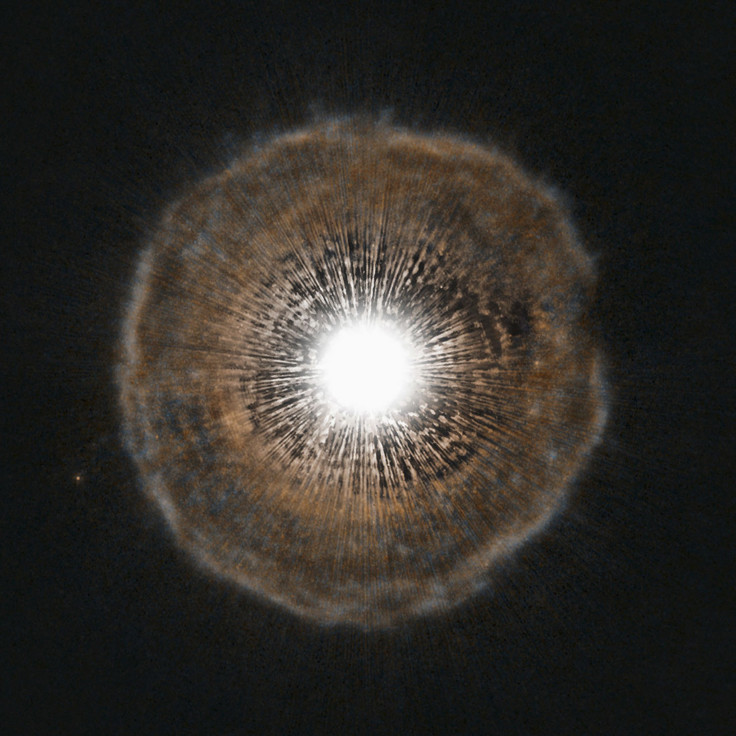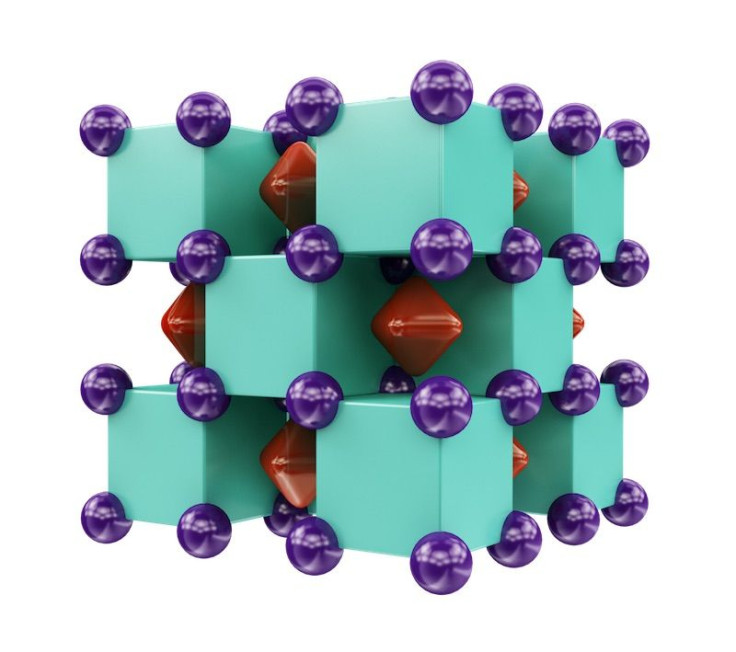Noble Gas Helium, An Inert Element, Could Have Stable Chemical Compounds, Scientists Predict

Helium is commonly known as the lighter-than-air gas that allows balloons and airships to float, and of course, for the temporary “Donald Duck” voice inhaling it leads to. The non-toxic gas is perhaps a little less known for other facts, such as being the second-most common element in the observable universe and for being, along with neon, the most chemically inert element known to humans.
Both helium and neon are called noble gases, the moniker for a group in the periodic table that has seven members, all of which react very little with the other elements or even each other. But when it comes to being inert, helium and neon are a class apart. Helium is present in vast amount in stars, where it is formed as a result of the fusion of hydrogen atoms, the process that is the source of energy for the sun. It is also released as a byproduct of radioactive decay. And while some helium compounds exist, none of them are stable.
But that may be set to change. An international team of researchers has predicted two stable helium compounds, one of which has been experimentally confirmed as well. This could greatly increase our understanding of the chemistry taking place inside stars, including the sun, and gas giant planets like Jupiter.
One of the two compounds, Na2He (sodium and helium), was first theorized in a paper by Xiao Dong of Nankai University, China, and Artem R. Oganov of Skolkovo Institute of Science and Technology, Russia, in a 2014 paper. The compound was successfully synthesized in a diamond anvil cell at the Carnegie Institution for Science in Washington, D.C. Special apparatus was needed to create it because it appears stable at pressures of over 113 gigapascals, or 1.1 million times Earth’s atmospheric pressure. It was also predicted to remain stable at pressures up to 10 million times.
“The compound that we discovered is very peculiar: helium atoms do not actually form any chemical bonds, yet their presence fundamentally changes chemical interactions between sodium atoms, forces electrons to localize inside cubic voids of the structure and makes this material insulating,” Dong, the first author of this work and a long-term visiting student in Oganov’s laboratory at the time when this work was done, said in a statement emailed to International Business Times.

Dong and Oganov published a revised version of that paper, which appeared Monday in the journal Nature Chemistry, in which they predict another stable helium compound, Na2HeO (sodium, helium and oxygen), which has a structure similar to Na2He. It was found to be stable between pressures of 0.15-1.1 million times the atmospheric pressure.
In order to arrive at the two compounds, the researchers “performed a large-scale evolutionary search for possible stable compounds of helium with a variety of elements,” that included hydrogen, oxygen, fluoride, sodium, potassium, magnesium, lithium, rubidium and cesium. Only sodium was found to form a stable compound with helium at pressures routinely accessed in experiments.
“This study shows how new surprising phenomena can be discovered by combination of powerful theoretical methods and state-of-the-art experiments. It shows that very weird chemical phenomena and compounds can emerge at extreme conditions, and the role of such phenomena inside planets needs to be explored,” Oganov said in the statement.
© Copyright IBTimes 2025. All rights reserved.





















